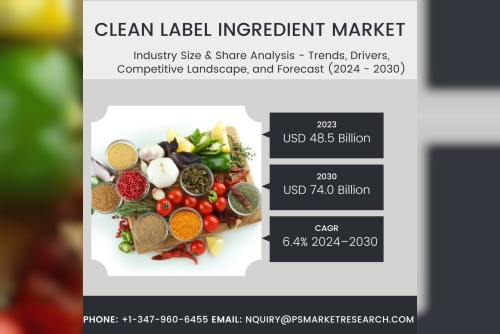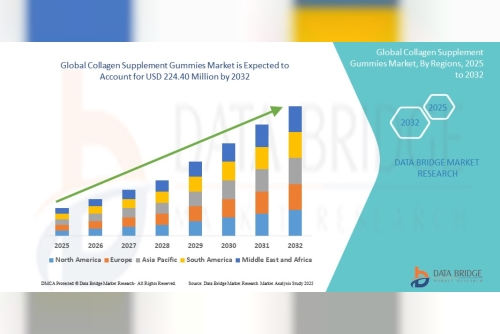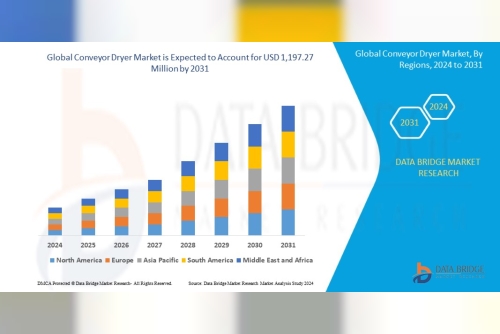The global clean label ingredient market, valued at USD 48.5 billion in 2023, is set to grow at a compound annual growth rate (CAGR) of 6.4%, reaching an estimated USD 74.0 billion by 2030. This robust growth is driven by the rising consumer preference for natural, organic ingredients free from artificial additives, as well as an increased focus on health and wellness.
Explore Insights: https://bitl.to/3bxk
Consumers are increasingly prioritizing transparency in food labeling, seeking products with minimal processing and ingredients that are easy to recognize. Clean-label products are not only free from artificial flavors, colors, preservatives, and synthetic additives but also provide clarity regarding sourcing and production processes.
Health concerns over food additives are one of the primary factors fueling demand for clean-label ingredients. Artificial additives, such as nitrites, nitrates, and BPA, have been linked to various health issues, including cancer and endocrine disruptions, prompting consumers to opt for more natural alternatives. As awareness of these risks rises, consumers are more inclined to make informed choices, favoring foods that support their health and nutrition goals.
The clean label ingredient market is diverse, with significant growth in several segments. Natural flavors, which dominated the market in 2023, continue to lead due to the consumer shift toward healthier, sustainable flavoring agents. The fruit and vegetable ingredient category is expected to experience the highest growth, with a forecasted CAGR of 10%, driven by their widespread use in sweetening, coloring, and fortifying food products. Additionally, the powdered form of ingredients, accounting for 60% of the market share in 2023, remains popular due to its long shelf life, ease of handling, and cost-effective storage and transportation.
Key players in the market are continuing to innovate, with companies like Kerry Group launching new label-friendly, non-GMO alternatives, which address consumer demand for cleaner, healthier food options.
As consumer awareness of food sourcing and production methods increases, clean-label ingredients are becoming a critical component in meeting the demands of the modern food industry, contributing to a more transparent and healthier food ecosystem.












